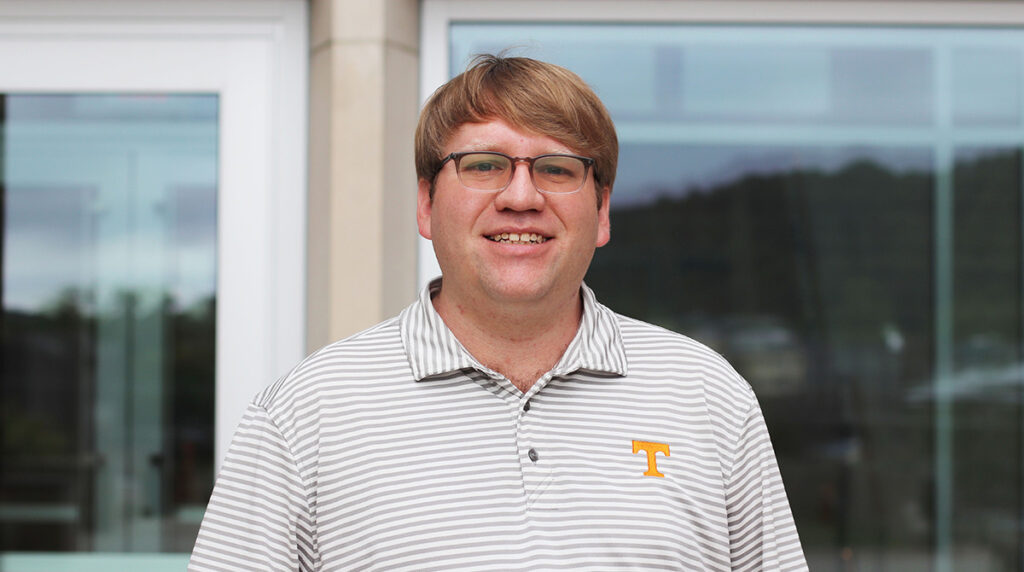Nuclear Engineering Laboratory Manager Michael Ratliff has been granted the title of Certified Health Physicist by the American Board of Health Physics (ABHP), the certification board for health physicists in the United States.
The ABHP offers the certification process to allow radiation protection professionals to distinguish themselves as experts in their field. Certification indicates someone has completed certain requirements of study and professional experience, which ABHP considers to constitute an adequate foundation in health physics, and has passed an examination designed to test competence in the field.
Candidates for certification must meet strict requirements in academics, experience, professional references from other CHPs, technical writing skills, and a rigorous written examination. The certification process is only open once per year and takes a minimum of six years to complete.
“I am very proud to have completed this achievement, serving as a major milestone in my professional career,” Ratliff said. “The process is quite challenging, and historically, the majority of applicants are unsuccessful. For me, this achievement demonstrates my readiness to provide mentorship to others wanting to learn more about the diverse field of health physics.”
Ratliff, 32, is an expert in radiation protection, regulatory requirements, and risk assessment. He has professional experience in the handling of fissile materials, used nuclear fuel reprocessing, radiation generating devices, and radiological instrumentation.
Creating a Safe Environment
In addition to his responsibilities as laboratory manager, Ratliff has recently joined the University’s Radiation Safety Committee to contribute his expertise to guide campus-wide policies on the safe use of radiation. He also plays a key role in facilitating collaboration between the Department of Nuclear Engineering and the university’s radiation safety office, helping ensure compliance with regulatory requirements while supporting the department’s academic and research missions.
His efforts in this area have strengthened communication and alignment between the two groups, improving safety procedures and streamlining oversight of radiological activities in the Zeanah Engineering Complex. The ground floor of Zeanah houses a nearly 2700-ft, 2 shielded radiological research suite, and the department operates about 5500-ft 2 of radiological lab space in other parts of the building.
“Because of the scale of our research operations and the variety of different radioactive materials we work with, we place a lot of demand on the services provided by our Radiation Safety team,” Ratliff said. “Part of my role is to coordinate with them and oversee much of the day-to-day items related to our radiation safety program.”
Ratliff received his bachelor’s degree in nuclear engineering from the University of Tennessee in 2014. He joined the Department of Nuclear Engineering in June 2024 after spending three years as an engineer at Mirion Technologies. Previously, Ratliff worked at the Savannah River Site, as well as contracted for the NNSA’s Nuclear Emergency Support Team.
